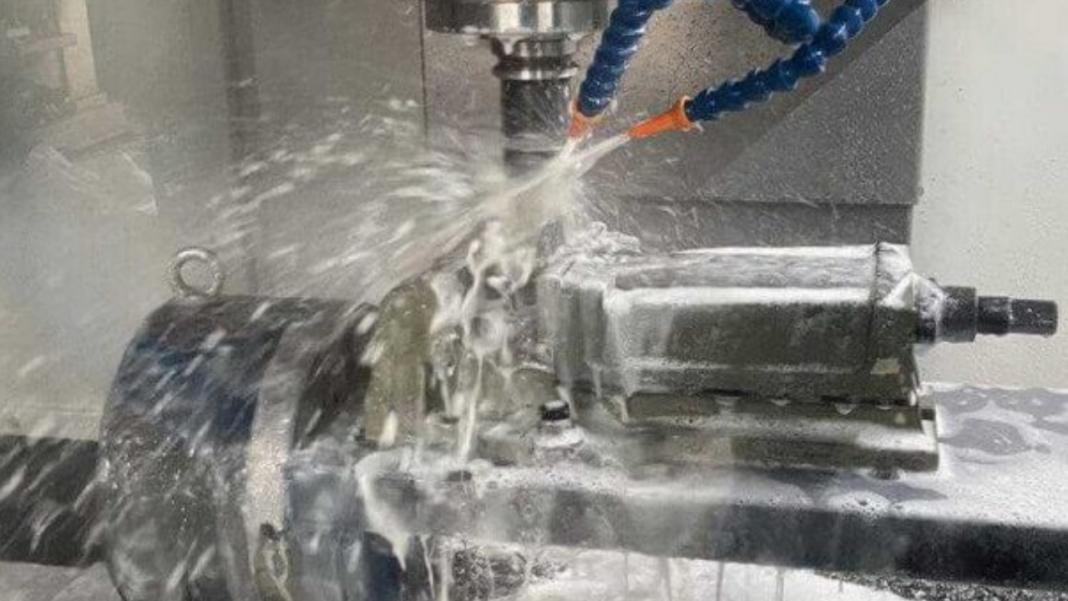When you think of forging, you imagine someone striking a red piece of metal to make a beautiful sword. This concept is not entirely incorrect, but it is slightly different. Various steps were involved in the process of forging. This process has been going on for years in order to create custard that meets our modern-day needs.
This process is important for everything from basic household items to complex machine components. Different forging parts suppliers are using this technique to make lots of items. This article will cover everything you need to know about forging parts, so let’s get started right away.
What is forging
Forging is the process of shaping various metals while heating them to extreme temperatures. It is the process of shaping and molding metal using compressive forces. This procedure primarily involves intense heating and high pressure. This process increases the metal’s strength.
Forging is also used in everyday life. But we aren’t aware of it. The process is used to create a wide range of everyday items. A forging process is used to make various automotive parts such as gears and rods. Other items include cutlery, constructive and building components, aerospace parts, and hand tools.
Close Die Forging
The metal forms between two dies that completely enclose the forged object in the die-forging technique, also known as effect forging or press forging. After being placed in a die, the metal is pushed between the two halves, giving it the ideal form.
Closed- that is dying forging. used to create high-precision pieces and complicated forms. Producing smaller, more intricate shapes is a more efficient procedure because the dies can generate accurate designs with little waste. Forging in a closed die is commonly used for high-volume production, like automotive or aerospace parts.
Advantages of Using a Closed Die Forge
- High Precision and Dimensional Accuracy die forging ensures high precision and dimensional accuracy in the finished components. The enclosed dies maintain tight authority over the metal’s flow, resulting in parts with consistent dimensions.
- Enhanced Material Properties The controlled deformation in die forging leads to refined grain structure and improved mechanical properties, such as strength, toughness, and fatigue resistance.
- High-Volume Production Closed die is well-suited for high-volume production due to its ability to quickly shape multiple parts with a minimum material wastage.
Open Die Forging
The metal is hammered or forced into shape between two dies that are flat or slightly curved that do not surround the forged material in the open die process, also known as free forging or smith forging. The operator positions the metal between the dies and shapes it with hammer or press blows.
The open-die forging technique is commonly used to produce larger, simpler shapes such as bars, rings, and cylinders. It is also used for bespoke shapes that require little machining, making it a more cost-effective option. The adaptable open- die-forging technique can be used on a variety of materials, including copper alloys, carbon steel, and aluminum.
Advantages of Open Die Forging
- Design Flexibility Open die offers exceptional design flexibility, allowing the creation of complex shapes and sizes. The blacksmith’s skill and expertise play a significant role in shaping the metal, making open die suitable for artistic and custom components.
- Reduced Equipment Costs The simplicity of open die requires less specialized equipment, reducing initial investment costs. This makes it accessible to small-scale manufacturers and artisans.
- Enhanced Grain Structure The free-flowing deformation in open die forging leads to a refined grain structure, improving the mechanical properties of the forged components.
Conclusion
Both open-die forging and closed-die forging are valuable metalworking techniques, each offering unique advantages based on specific application requirements. Open excels in design flexibility and artistic shaping, making it ideal for unique and artistic components.





